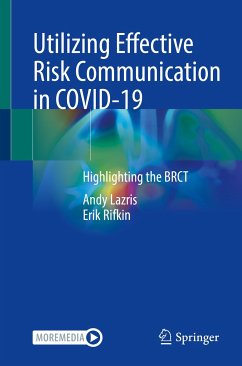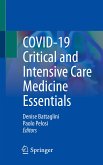· Significantly improve accurate communication of health risks from exposure to COVID-19; and
· Assess how to best contain and control COVID-19.
To date, there have been far-reaching ramifications based on ineffective risk communication when clarifying these health endpoints.
A BRCT is a familiar, theatrical chart representation of 1,000 people, with the risks and benefits shown by blackened seats. Since health outcomes can easily be put into such a chart, we show how BRCTs can be used objectively by professionals, the media and lay people. It allows characterization and communication of health benefits and risks of COVID-19 treatment and containment in an undemanding and straightforward way.
BRCTs have been successfully used to assist patients in determining:
· Their level of acceptable risk of various medical interventions;
· If the benefits of intervention outweigh the risks;
· Who should make the final decision regarding medical intervention; and
· Whether the decision is evidence-based.
Written by experts in the field, this book fills in a gap in communication between the medical community, the public and patients. It also provides an area of expertise in communication that is beneficial for medical providers and medical students.
Dieser Download kann aus rechtlichen Gründen nur mit Rechnungsadresse in A, B, BG, CY, CZ, D, DK, EW, E, FIN, F, GR, HR, H, IRL, I, LT, L, LR, M, NL, PL, P, R, S, SLO, SK ausgeliefert werden.









